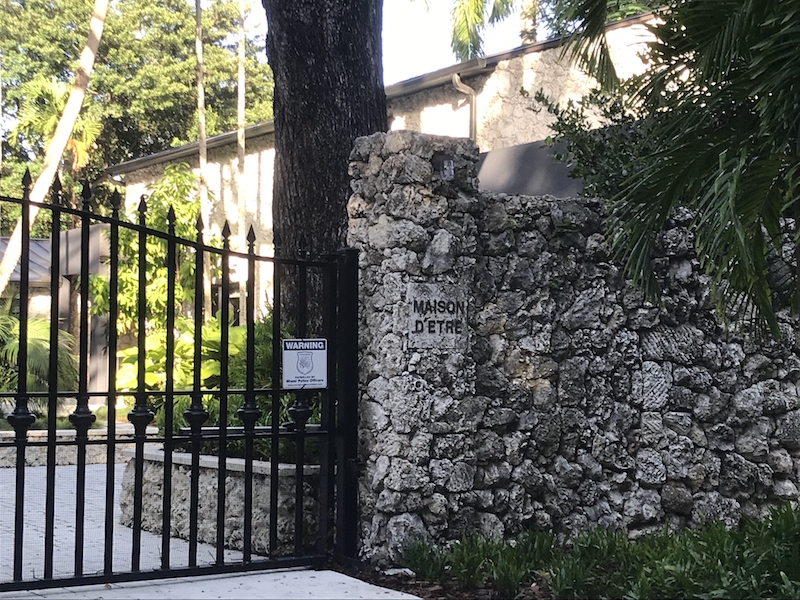[This is a guest post by Zhang He in response to the original post on this subject, which attracted considerable attention, such that a lot of people will be interested in what she has to say.]
1. About the Tocharian A word “kratsu” and 罽 jì and kràts
I am not expert in linguistics, but from general observation and understanding, it seems that Tocharian A “kratsu” does look or sound close to Old Sinitic “kràts”. I would like to add 氍毹 qūshū or qūyū for consideration as well. Doesn’t qūshū sound even closer to “kratsu”? [VHM: 氍毹 MS /ɡɨo ʃɨo/; OS (Zhengzhang): /*ɡʷa sro/]
In several dictionaries (see below), 罽 jì is interpreted as the same with 氍毹 qūshū. According to 说文, qūshū is a kind of local or regional dialect. I think it could be easily located to 西域 (Western Regions) or 罽宾 (an ancient kingdom in northwest India). As I concluded in my study on carpet terminology –- “The terms jì 罽, qūshū 氍毹, and kè 缂 could come from any one of the following: Sanskrit kocava, kocavaka, and kaukapaka, Pali kojava, Old Persian gaud, Niya Kharoṣṭhi koj̱ava, Khotanese gahāvara, gaihe, etc., and Sogdian gaudana.” Now, there could also be the Tocharian A word “kratsu”.
Also, I quoted in my same study on terminology:
“For example, Bailey’s entries for Khotanese karasta– and kīḍakyä give such references as:
karasta– ‘fur garment’; Pašto krasta ‘felt, woolen cloth.’ Base IE Pok (?). kēr ‘to cut’ (Bailey 1979, p. 54)
《康熙字典》:《疏》罽者,織毛爲之,若今之毛氍毹也。《註》師古曰:罽,織毛也。氍毹之屬。
《说文解字》(100–121 CE) 毛部:氍:氍毹、毾㲪,皆氊緂之屬,蓋方言也。从毛瞿声。毹:氍毹也。从毛俞聲。
Read the rest of this entry »

